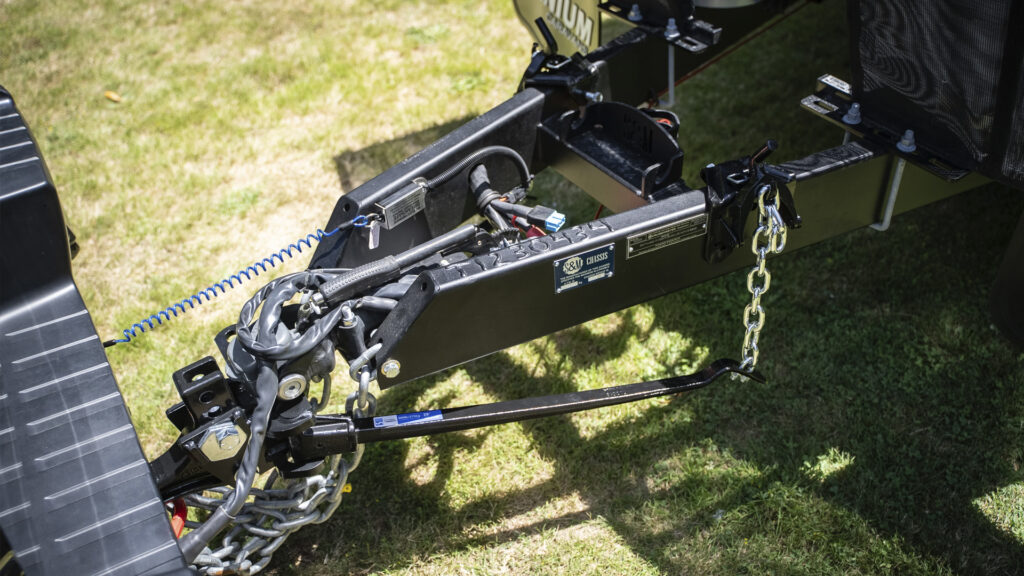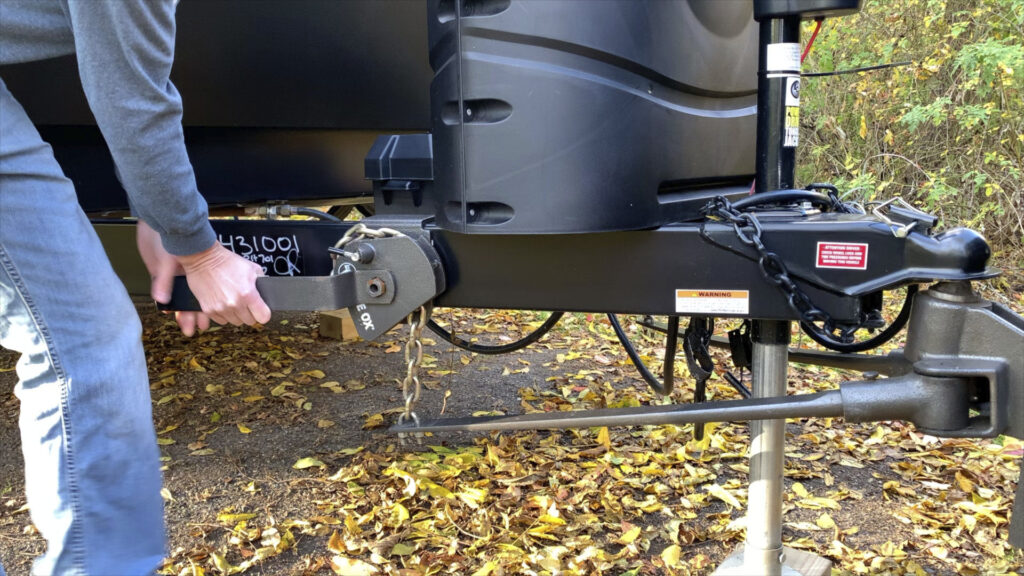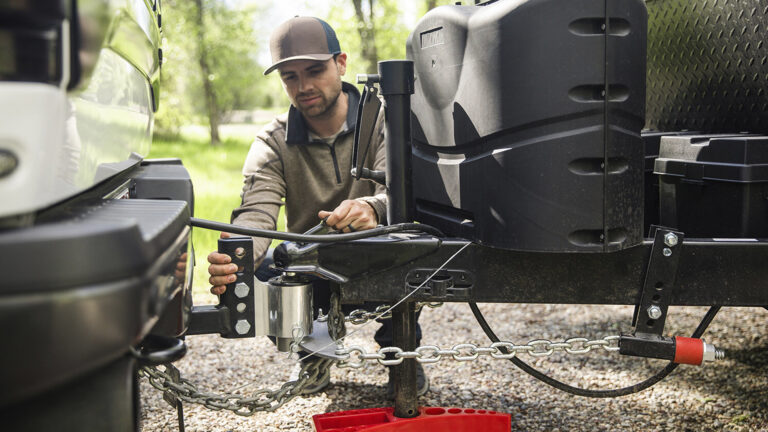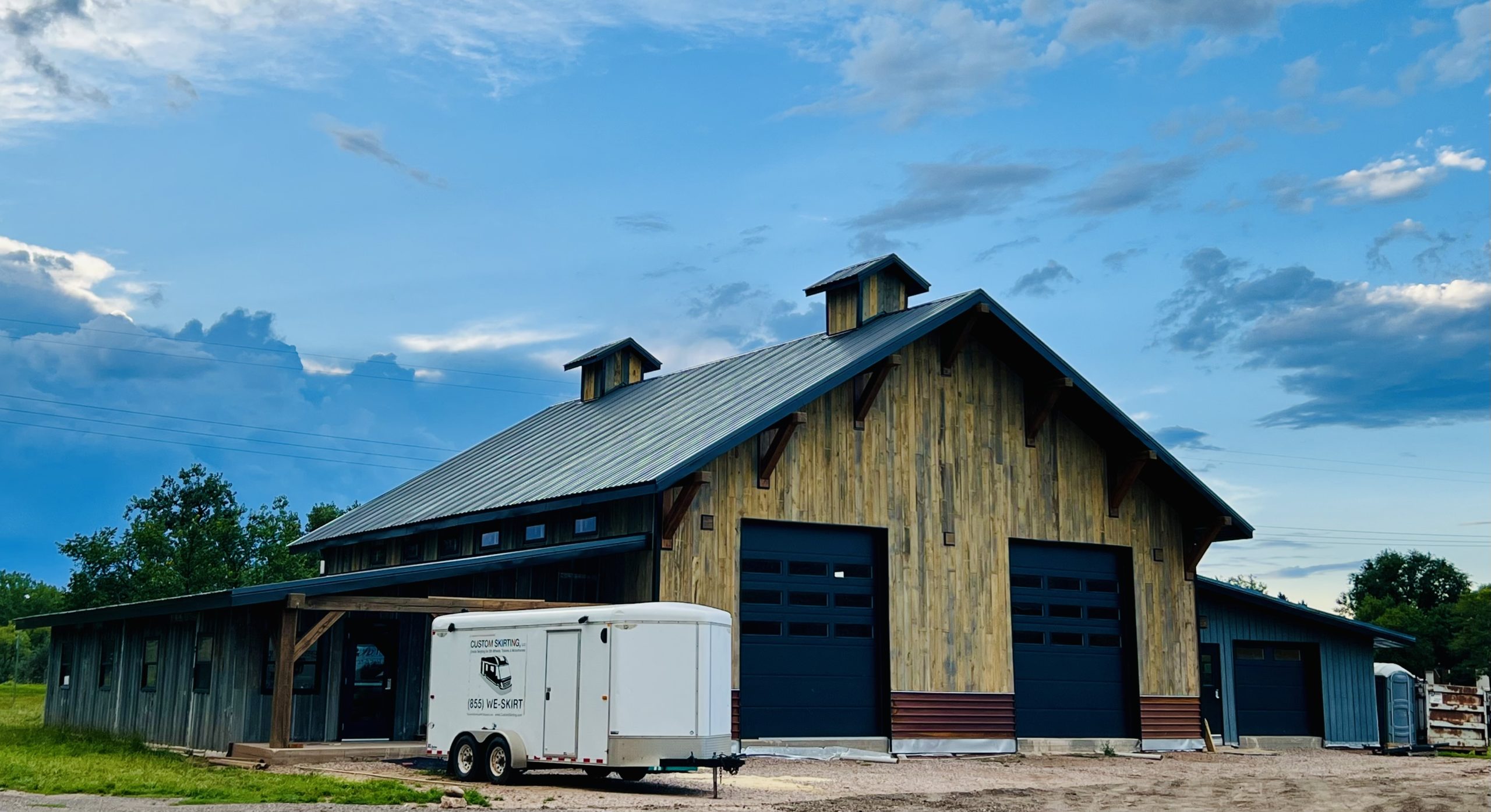Table of contents
- What Is a Weight Distribution Hitch?
- How Weight Distribution Hitches Work
- 10 Key Benefits of Using a Weight Distribution Hitch
- Choosing the Right Weight Distribution Hitch
- Installation and Setup
- Maintenance and Care
- Common Misconceptions
- Secure Your Perfect RV Stay at Black Hawk Creek RV Park
- Related Articles
Towing a trailer, whether for a family road trip, camping, or hauling equipment, can be a fun and practical way to transport your goods. However, towing a heavy load without the proper equipment can lead to unsafe driving conditions, vehicle damage, and an uncomfortable driving experience. One of the most important tools for making towing safer and more efficient is the weight distribution hitch. In this article, we will answer the question what is a weight distribution hitch, explain how does a weight distribution hitch work, and discuss its benefits. Understanding these aspects will help you improve your towing safety, vehicle stability, and overall driving experience.
What Is a Weight Distribution Hitch?
A weight distribution hitch (WDH) is an essential towing accessory that ensures a balanced load between your tow vehicle and the trailer. It is used to distribute the weight of the trailer across the axles of the tow vehicle and the trailer. This prevents the rear end of the tow vehicle from sagging while lifting the front end of the trailer, leading to better handling and overall stability.
A WDH consists of several key components:
- Shank: This is the part that connects the hitch to the tow vehicle’s receiver.
- Head Assembly: This component holds the spring bars and is adjustable to achieve the proper angle.
- Spring Bars: These bars are placed under tension to distribute weight.
- Chains and Brackets: These help secure the spring bars in place and help the hitch distribute weight properly.
Unlike a standard hitch that connects the trailer to the tow vehicle and does little to redistribute weight, a weight distribution hitch actively balances the load, improving vehicle stability.
How Weight Distribution Hitches Work

How does a weight distribution hitch work? The mechanics behind this tool are fairly simple but effective. When a trailer is attached to a tow vehicle, the tongue weight—the downward force exerted by the trailer’s hitch—pushes down on the rear axle of the tow vehicle, causing it to sag. This puts excessive pressure on the rear axle and reduces the traction on the front axle, which can affect vehicle control, braking, and overall stability.
The weight distribution hitch helps to distribute the weight evenly across both the tow vehicle’s axles and the trailer’s axles. This is done through the use of spring bars and an adjustable head assembly. The system works by lifting the rear end of the tow vehicle and pushing some of that weight onto the front axle, while also distributing weight onto the trailer’s axles. This redistribution helps improve stability, handling, and control.
Key factors in the functioning of distribution hitches include:
- Gross Trailer Weight (GTW): This is the total weight of the trailer, including cargo and accessories.
- Tongue Weight (TW): This is the downward force exerted by the trailer on the hitch.
The WDH how it works is essentially based on balancing the forces of GTW and TW to keep the tow vehicle’s weight balanced. With the distribution hitch in place, the tow vehicle will perform more like it’s empty, with better stability, braking, and handling.
10 Key Benefits of Using a Weight Distribution Hitch
Improved Vehicle Stability
The main advantage of using a weight distribution hitch is enhanced vehicle stability. When towing a heavy trailer, the hitch ensures that the weight is distributed evenly, reducing the likelihood of fishtailing and ensuring that your vehicle handles better in all driving conditions.
Better Steering Control
Proper weight distribution improves steering control, particularly in turns and curves. The hitch reduces the strain on the rear axle of the tow vehicle, allowing the vehicle to respond more predictably to steering input and enhancing overall driving control.
Enhanced Braking Performance
When towing heavy loads, braking can be a challenge. With a weight distribution hitch, the braking performance improves significantly because the load is evenly distributed. This helps reduce braking distance and ensures that the trailer does not affect the braking system of the tow vehicle.
Reduced Trailer Sway
A weight distribution hitch minimizes trailer sway by distributing weight across the entire setup. This is especially important when towing larger or heavier trailers, as sway can be dangerous, particularly when driving in windy conditions or passing large vehicles.
Increased Towing Capacity
The weight distribution hitch allows for safer towing of heavier loads within your vehicle’s specifications. By evenly distributing the load, you can tow more without overloading the tow vehicle, which is critical for maintaining safe towing practices.
Improved Fuel Efficiency
When a load is properly distributed, the towing vehicle works more efficiently. This means less strain on the engine, which can result in improved fuel economy. The optimal balance also reduces wind resistance and improves aerodynamics, further contributing to better fuel efficiency.
Less Wear on Tow Vehicle
Without a weight distribution hitch, the rear axle of the tow vehicle can experience excessive wear due to the heavy load. Over time, this can lead to suspension problems, tire wear, and premature vehicle damage. A weight distribution hitch helps alleviate these issues by distributing the weight more evenly across the vehicle.
Compliance with Towing Laws
In some areas, using a weight distribution hitch is a requirement for towing certain weights, particularly in states with strict towing laws. Installing the correct hitch can help you comply with these laws and avoid fines or penalties.
Versatility for Different Trailers
Weight distribution hitches can be used with a wide range of trailer types, from travel trailers to utility trailers. They are adjustable to accommodate different trailer weights and configurations, making them versatile for various towing needs.
Peace of Mind
Perhaps the most important benefit is the peace of mind that comes with knowing that your towing setup is safe and well-balanced. With a weight distribution hitch, you can enjoy a smoother, more stable ride, knowing that the load is properly managed.
Choosing the Right Weight Distribution Hitch

When selecting a weight distribution hitch, it’s important to consider several factors:
- Weight Ratings: Ensure the hitch is rated for the Gross Trailer Weight (GTW) and Tongue Weight (TW) of your towing setup.
- Spring Bars: You can choose from round bars or trunnion bars, depending on your preferences and needs. Trunnion bars tend to provide a smoother ride but may be more expensive.
- Sway Control: Some weight distribution hitches come with built-in sway control, which can help reduce trailer sway in windy conditions or when passing large vehicles.
Installation and Setup
The installation process of a weight distribution hitch can vary depending on the system, but generally, it involves attaching the hitch to the tow vehicle’s receiver and adjusting the spring bars and head assembly to the correct angle. Many people choose to have a professional install the hitch, but if you opt for a DIY setup, ensure you follow the manufacturer’s instructions carefully.
Maintenance and Care
To ensure the longevity and proper functioning of your distribution hitch, regular maintenance is essential. This includes periodic inspections, lubrication of moving parts, and replacing worn components like chains or brackets. Regular maintenance ensures that your hitch continues to distribute weight effectively and safely.
Common Misconceptions
There are several misconceptions about weight distribution hitches. One common myth is that they are only necessary for heavy-duty towing setups. In reality, even smaller trailers can benefit from the improved stability and control provided by a distribution hitch. Additionally, some people mistakenly believe that distribution hitches are difficult to install or expensive. In truth, they are relatively simple to install, and their cost is a worthwhile investment for the safety and performance benefits they provide.
Understanding what is a distribution hitch and how does a distribution hitch work is crucial for anyone looking to tow safely and efficiently. By redistributing weight across the tow vehicle and trailer, a distribution hitch can improve stability, handling, and safety. Whether you’re towing a lightweight camper or a heavy trailer, investing in a weight distribution hitch will enhance your overall towing experience and provide peace of mind on the road.
Secure Your Perfect RV Stay at Black Hawk Creek RV Park
Now that you understand the importance of a weight distribution hitch for your towing setup, why not experience it in action? Black Hawk Creek RV Park & Cabins offers well-maintained RV sites that provide safe, stable parking for your RV. Located near iconic attractions like Mount Rushmore and Badlands National Park, our park is the ideal base for your adventures. Enjoy a comfortable and secure environment that supports proper hitching practices, allowing you to focus on exploring South Dakota’s natural wonders. Book your stay today and make your RV journey even more enjoyable!






